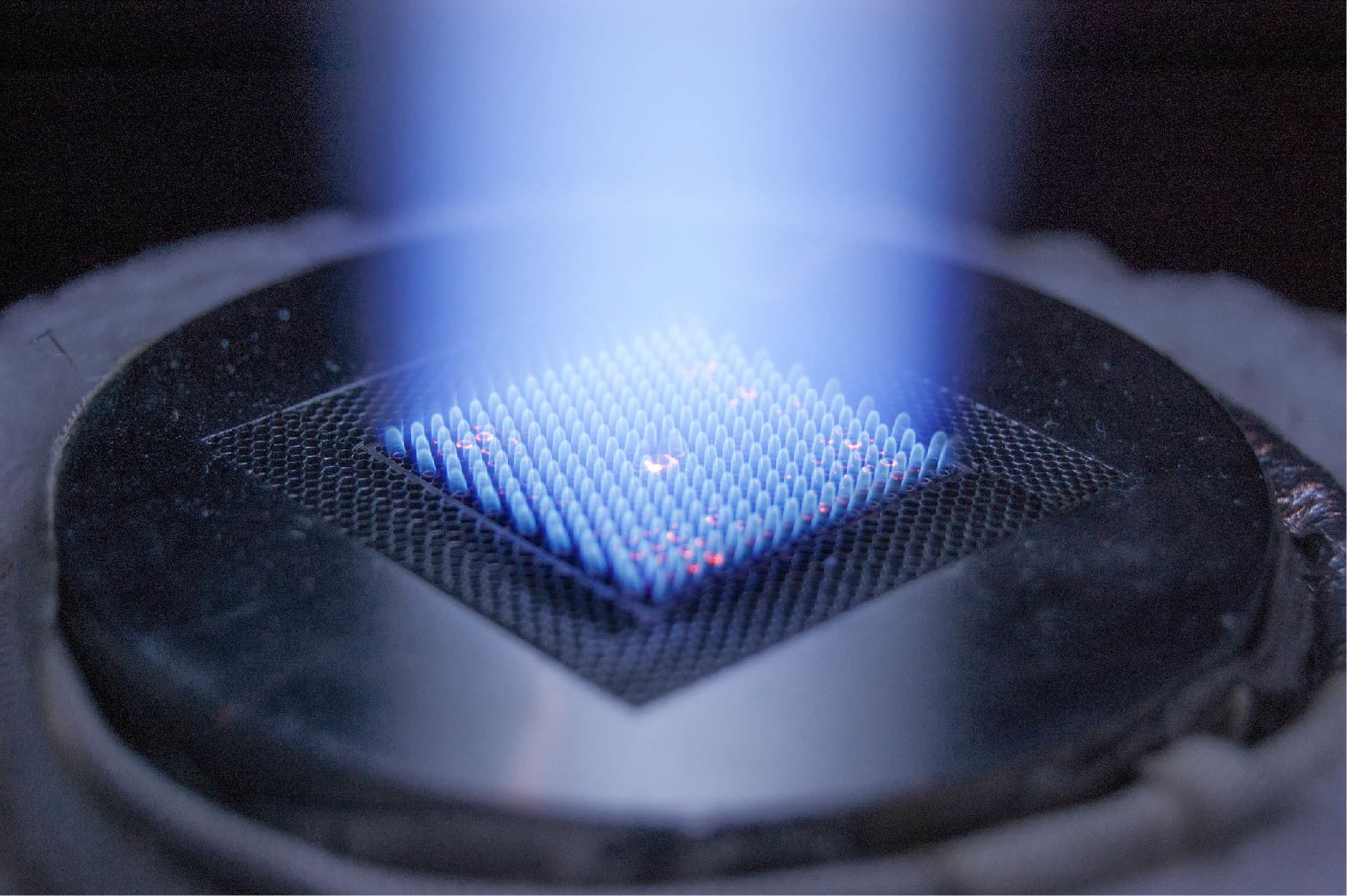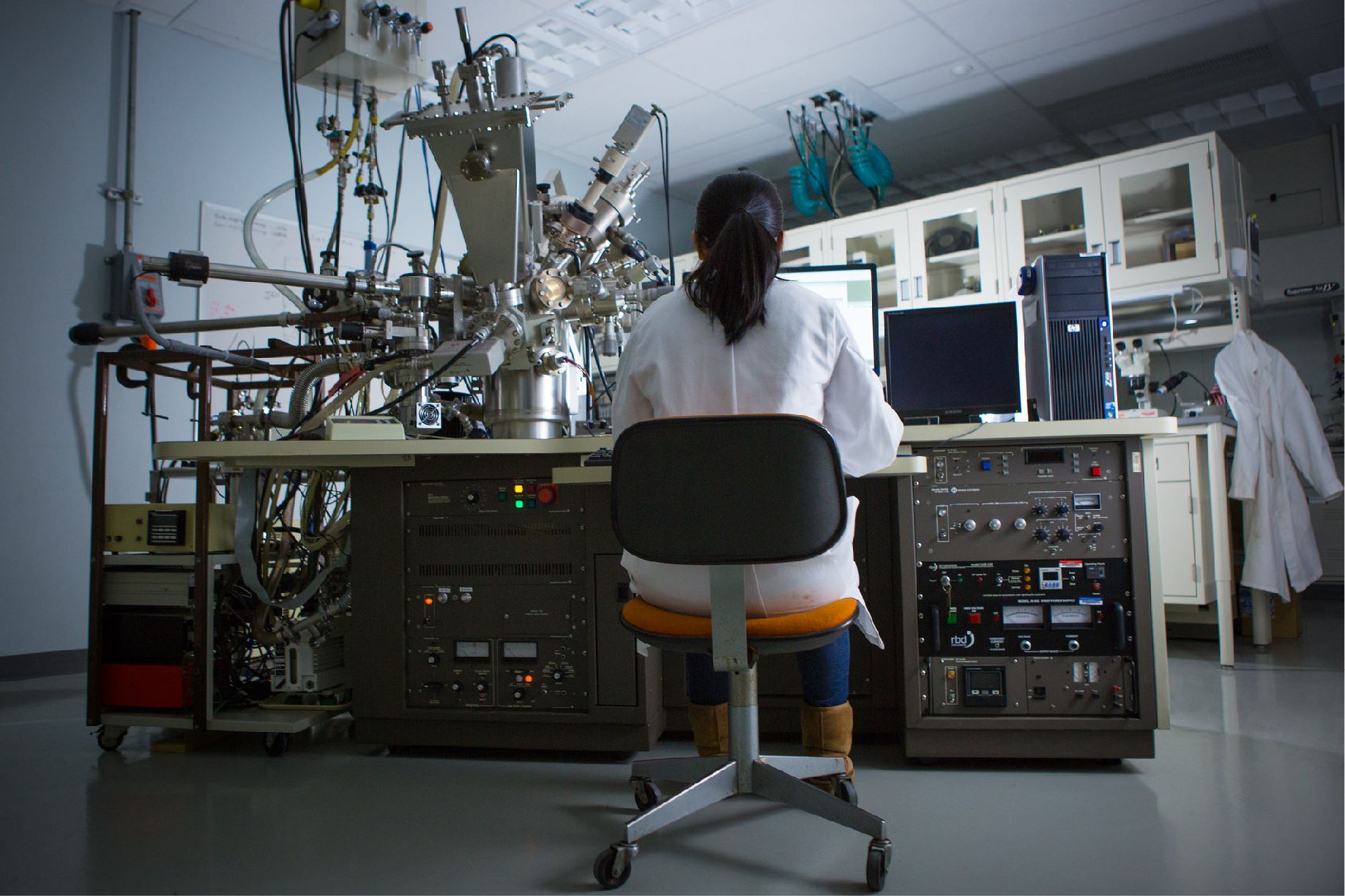RESEARCH PERFORMANCE PROGRESS REPORT 1. COVER PAGE DATA ELEMENTS: Mandatory Federal Agency and Organization Element to Which Report is Submitted U.S. Department of Energy (DOE) National Energy Technology Laboratory (NETL) Federal Grant or Other Identifying Number Assigned by Agency DE-FE0029085 Project Title Long-Term Methane Emissions Rate Quantification and Alert System for Natural Gas Storage Wells and Fields PI Name, Title and Contact Information Ann P. Smith, Vice President apsmith@gsi-net.com; 512.346.4474 Submission Date July 27, 2017 DUNS Number 181780776 Recipient Organization GSI Environmental Inc. 9600 Great Hills Trail, Suite 350E Austin, Texas 78759 Project Period October 1, 2016 to May 31, 2019 Reporting Period End Date June 30, 2017 Report Term or Frequency Quarterly Signature of Submitting Official 2. ACCOMPLISHMENTS: Mandatory a) What are the major goals of the project? The primary goal of the project is to employ a novel combination of complementary measurement methods and technologies to detect and accurately quantify average annual methane emissions from underground natural gas storage facilities, including from above-ground equipment leaks plus seepage at the ground surface from underground leaks. b) What was accomplished under these goals? All project goals for the third quarter (Q3) reporting period of April 2017 – June 2017 were met. A summary of the activities performed to achieve project goals during Q3 is included below. Secretary Perry: A brief meeting was held with Secretary Perry on April 27th, 2017 in Dallas, Texas during the Earth Day celebration. The importance of measuring product loss was discussed. DOE project flyers were left with Secretary Perry and his staff for dissemination. EFD Sponsors Meeting: A presentation was given in the Woodlands, Texas on April 25th, 2017 that included a discussion on project accomplishments and GSI Job No. 4502-010 Issued: 27 July 2017 Page 2 of 7 challenges. Attendees included represenatives from Shell, Chevron, HARC, RPSEA, and multiple universities. AUVSI XPONENTIAL Conference and Tradefair: A presentation was given on May 10th in Dallas Texas that included a discussion on sampling technologies used in field programs and how automation could improve the accuracy of data collected. 23 attendees attended the presentation. TCEQ Trade Fair: Meetings were held with TCEQ Commissioners on May 16th and 17th regarding the value of the DOE projects. Texas Comissioners included Bryan Shaw, Toby Baker and Jon Niermann, as well as retired Commissioners Ralph Marquez and Kathleen White. Completion of Field Campaign 1 and Preliminary Data Analysis: During Budget Period 1, GSI completed the first field campaign at 52 gas storage wells in 3 facilities in the Gulf Coast Region and Utah. We conducted emissions measurements, counted surface infrastructure components, and collected activity data and/or quantified component-specific leak rates, ground level seeps and ambient air concentrations from >1600 components. Preliminary results will be discussed, project status will be updated and justification to proceed with funding for Budget Period 2 will be provided. c) What opportunities for training and professional development has the project provided? Interns from Queens University and the University of Texas at Austin were trained in data collection techniques in the field and data analysis of high flow and OPFTIR data. d) How have the results been disseminated to communities of interest? Field activities were shared real-time and immediately following completion of field programs with operators and the DOE Project Manager. Preliminary results from field campaign 1 were discussed with the operators and project team members. Presentations and/or meetings regarding the project have been conducted at 4 separate events that included attendance from industry, academia, trade organizations, and interested individuals. e) What do you plan to do during the next reporting period to accomplish the goals? Results from the initial field program will be analyzed to develop preliminary emissions estimates from storage wells and disaggregated components. Planning will commence for implementation of the flux chamber/in-ground sensors field campaign to commence as early as possible in October 2017. A continuation application will be developed and submitted in accordance with the SOPO, and the GO/NO GO decision point will be evaluated by DOE NETL representatives.



